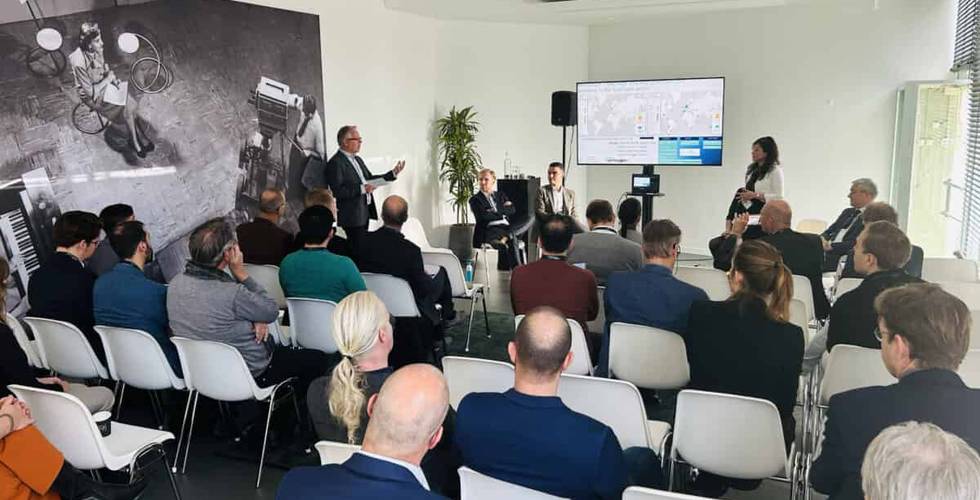Toelichting is in het Engels.
PCEI stands for 'Important Project of Common European Interest'. An IPCEI is a European project in a key strategic value chain that consist of several company projects from various EU Member States. An IPCEI contributes to strategic European goals such as growth, employment and competitiveness of the European Union industry and economy and which are funded by state aid. IPCEIs make it possible to bring together knowledge, expertise, financial resources and economic actors throughout the Union, so as to overcome important market or systemic failures and societal challenges which could not otherwise be addressed. An IPCEI requires the approval of the European Commission under state aid law. Companies and Member States in a dedicated notification process must prove that the IPCEI follows an overriding European interest and that projects would not be realised under market forces alone. With their approval, the European Commission ensures that all EU Member States can benefit, that there is no disproportionate distortion of competition and that companies within their projects adhere to the IPCEI criteria as laid down in the IPCEI communication of 2021.
The IPCEIs on Hydrogen contribute to a powerful value chain for renewable hydrogen at low costs, as well as to the objectives of key EU policy such as the European Green Deal, the EU Hydrogen Strategy and the REPowerEU Plan. 22 EU countries and Norway jointly design and coordinate IPCEIs on hydrogen. There are four IPCEIs on the subject of hydrogen. Two integrated hydrogen IPCEIs were realized (notified) in 2022: Hy2Tech and Hy2Use. Two further hydrogen IPCEIs are under development: Hy2Infra and Hy2Move, which are expected to be notified by the Commission at the end of 2023 and early 2024, respectively. The home page gives access to more general information. Descriptions of the projects, which are clustered under a number of Technology Fields per wave can be found on the website.


